| Radial Reed Valve ( U.S Patent 10,323,758) Here's a newly patented intake valve design that looks to be very promising. The conical valve is semi rigid nylon. Patent owners bike is a 2001 YZ125 and he says now it feels like a 200cc. He's been working on the valve off and on for 25 years now. He hasn't dyno'd it yet but says the engine feels more grunty due to bigger "gulps" and revs out easily (a modern YZ revs to 13K). He said that on a flow bench it puts out big numbers which probably means its open flow area is more than with a reed valve. He's now trying to get a Lectron to work with it but the lack of needle variation may mean he needs to make his own needle. He said on the stock carb he had to go down 200 points on the main jet from 370 to 170.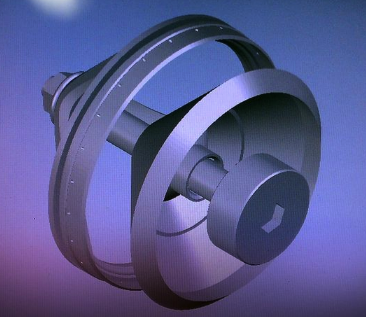 How It Works The main cone has tension on it towards the carburetor by progressive rate springs which control the negative pressure needed to open it. The cone points toward the carb which gives a smoother flow and also it catches the negative pressure wave better to quickly and fully open it. It seals 100% because the cone comes to rest on an O-ring. The engines vacuum wave (due to the ascending piston) pulls it open, then flow happens, then the engines pressure wave (due to the descending piston) pushes it back closed (with the help of the spring). Although the cone is probably a little more weighty than reeds, it is the shape of the cone that captures the suction and pressure waves efficiently to overcome the inertia present because of the weight (currently 4.3 grams). Possible Reasons It Creates The Need For Smaller Main Jet: 1. It reduces reversion which creates the need for a leaner main jet because reversion pressure pushes the fuel back down the needle jet and so the jet needs to be bigger to compensate. 2. less flow resistance means there is more vacuum at the jets so they can be smaller. With high flow resistance there is a significant pressure difference before and after the reeds which leaves less vacuum at the jets. 3. It decreases the resistance to flow. The less flow resistance, the leaner the mix needs to be to compensate for the larger amount of ingested air/fuel. The more flow resistance (ie: reed valve), the richer the mix needs to be to compensate for the smaller amount of ingested air/fuel. Larger Idle Jet Needed He went from the Mikuni's stock #27 pilot jet to a #45 pilot when he installed the radial valve. Does that mean its springs made it more restrictive to flow at idle RPM? Maybe he needed a weaker beginning spring tension. Hmm... Current Status He is trying to sell the idea now to one of the bike manufacturers. He says each spring rate he tries causes a need for changing both the idle and main jets and he has to have a custom needle jet for the Mikuni carb for it to run clean all the way thru. And he is preparing to make his own needle for the Lectron carb. So he is still fiddling with getting all the jetting perfected. When he does then he will be ready for a dyno test of stock setup vrs his new setup. Of course he should be able to show dyno results before and after the changes, to properly promote his invention. My Conclusion This intake valve will increase delivery ratio which will increase power. I am not waiting for a dyno graph to be positive about this because everything points towards it being advantageous. The only unknown to me is its reliability. But I predict it will be more reliable than reeds. I'm not giving out his contact info because he doesn't want to be bothered unless you have a good deal to propose (not just paying him to make one for you). 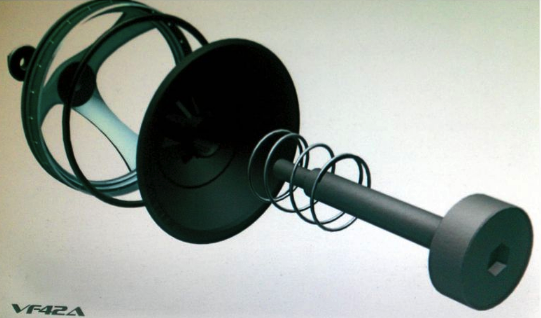 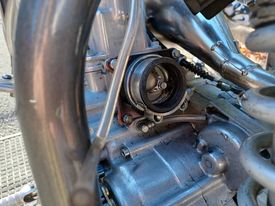 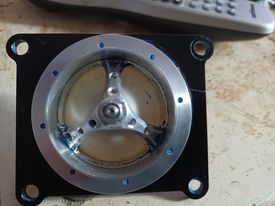 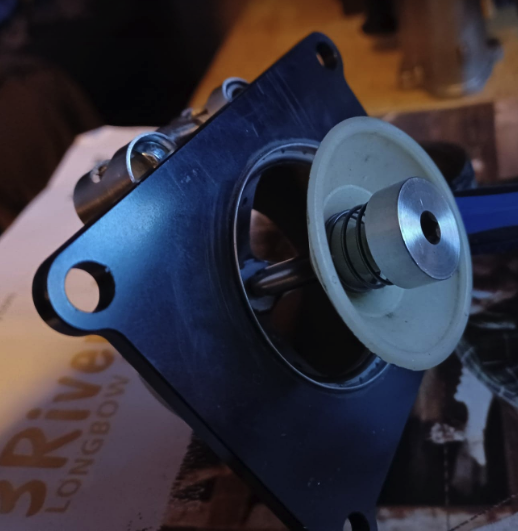 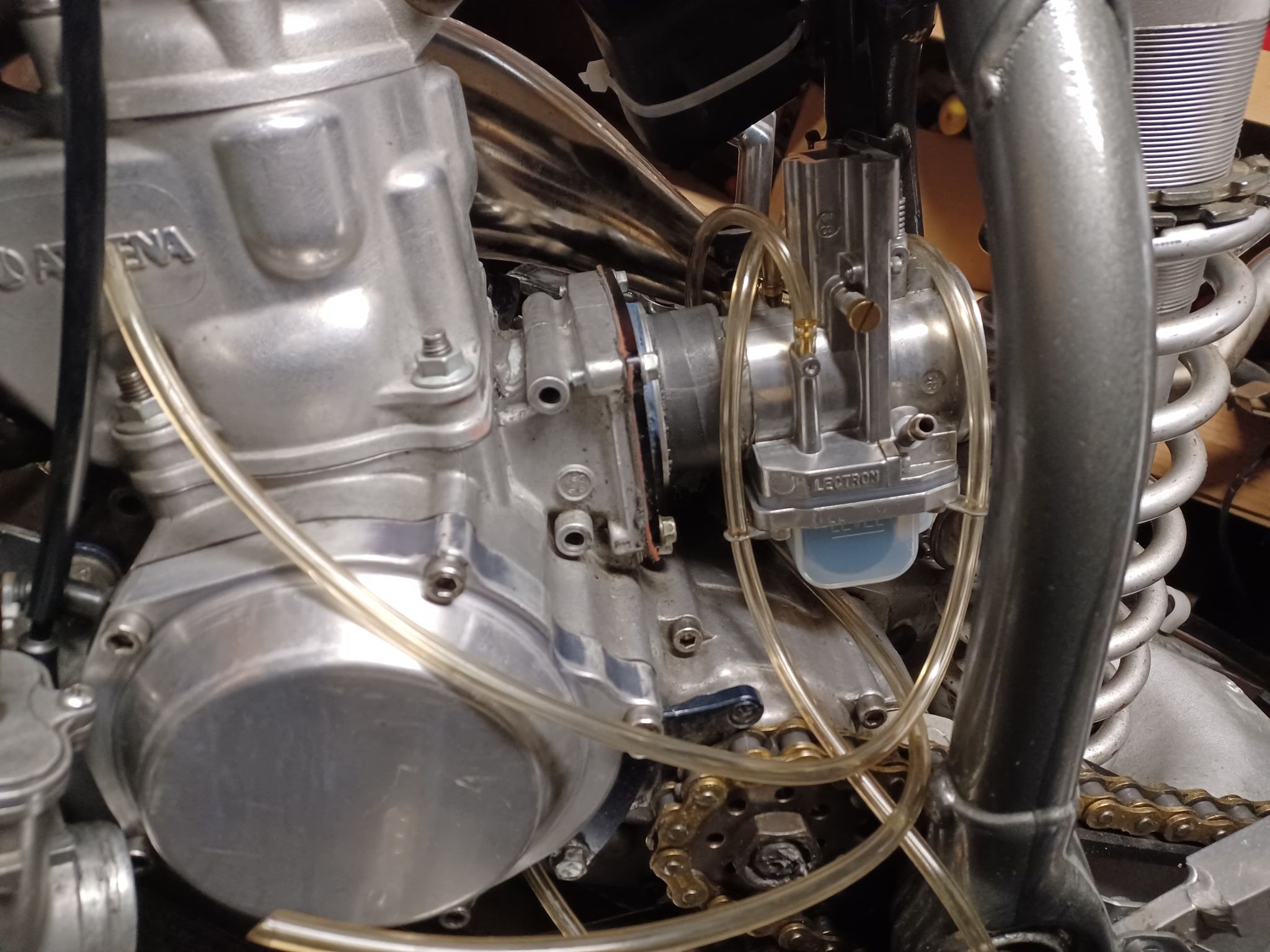 Here's the inventor ripping down the highway on his modified YZ125: |